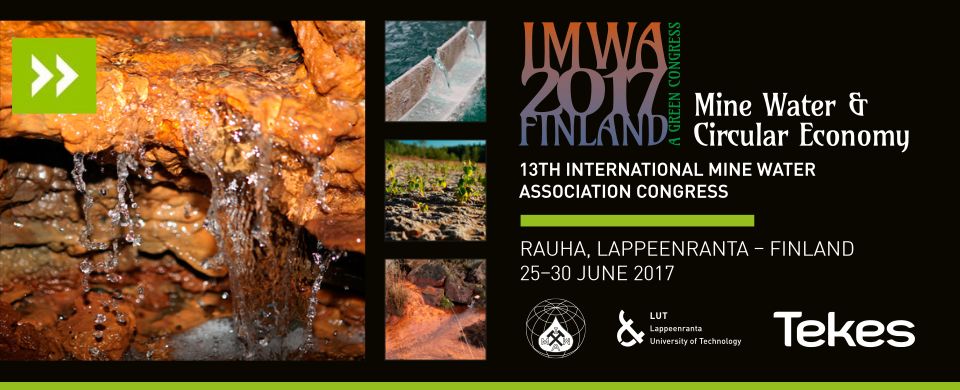 André Sobolewski
André Sobolewski
Minimum 8, maximum 25 delegates
Regular € 350/370 Students € 240/270
The past ten years have seen a renewed interest in passive treatment technologies, particularly at mine closure. This is due to advances in mine waste management and soil cover design, which have resulted in decreased flows and contaminant concentrations at closure. At the same time, the design of passive treatment systems has evolved, resolving many of the problems that plagued early systems, such as plugging and inconsistent performance. Nowadays, well-designed passive bioreactors can treat mine water consistently, even in cold climates.
This one-day course will teach how to design bioreactors. The course is divided in two parts. The first half will cover the basics of bioreactor design, including evaluation of suitability, examination of treatment processes, bench- and pilot-scale studies, sizing, basic engineering, quality control, inoculation and commissioning, operating parameters and control. The emphasis will be on system design in northern climates, where year-round treatment must be maintained, including during winter months.
The second half will focus on advances in system design from the past ten years. These comprise:
- Advances in matrix design, including organic matter constituents and other elements that maintain long-term hydraulic conductivity
- Instrumentation and remote access via telemetry for improved control over performance
- Organic carbon addition to control performance
- Post-treatment polishing to remove excessive BOD and hydrogen sulphide
This course is aimed primarily at technical people (scientists or engineers) in the environmental field who must consider various treatment options for mine water, including passive treatment bioreactors. Students are welcome, but they will benefit most if they have enough scientific background to follow material from a variety of disciplines, including geochemistry, hydrology, civil and process engineering.
At the end of this course, students will be able to:
- Evaluate circumstances where a passive bioreactor is a suitable treatment option
- Develop a program that will establish the design criteria for a passive treatment bioreactor
- Understand some of the specific design elements required for a successful design, as well as associated pre-treatment and post-treatment units
- Understand the key steps in commissioning, start up and operation of a passive bioreactor
The course will be presented as a PowerPoint presentation. The course will include a mix of lecture material, case studies, exercises and Q&A. A course manual that includes all the course material will be prepared and distributed to students.
The course will be taught be Dr André Sobolewski, who has investigated and designed several passive bioreactors over the past 20 years. The course represents a summary of the knowledge and experience he accumulated during that time.
